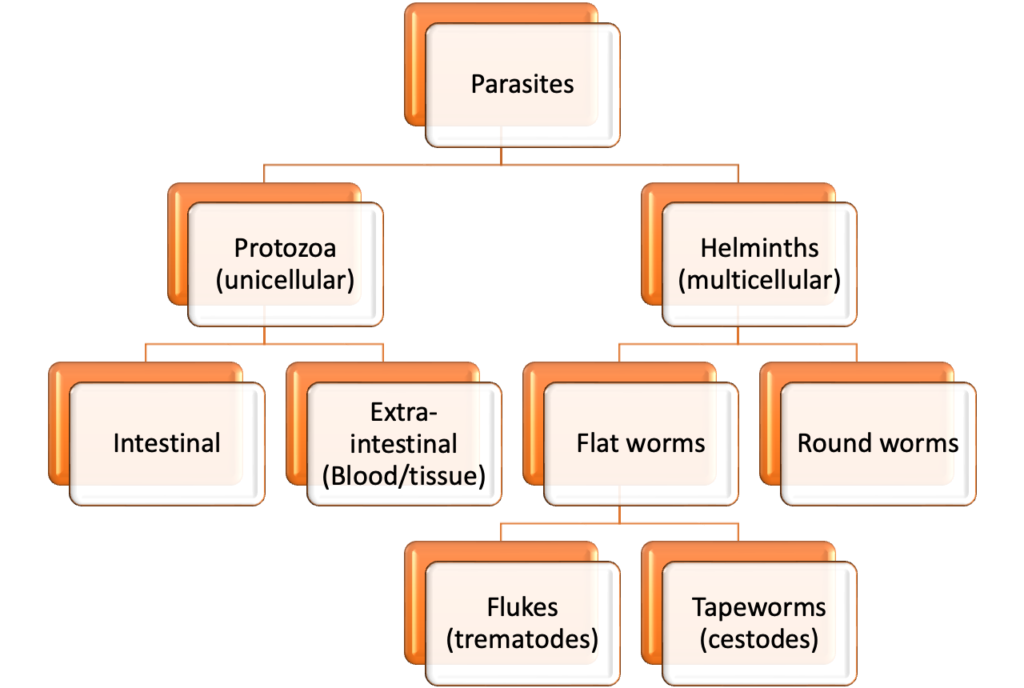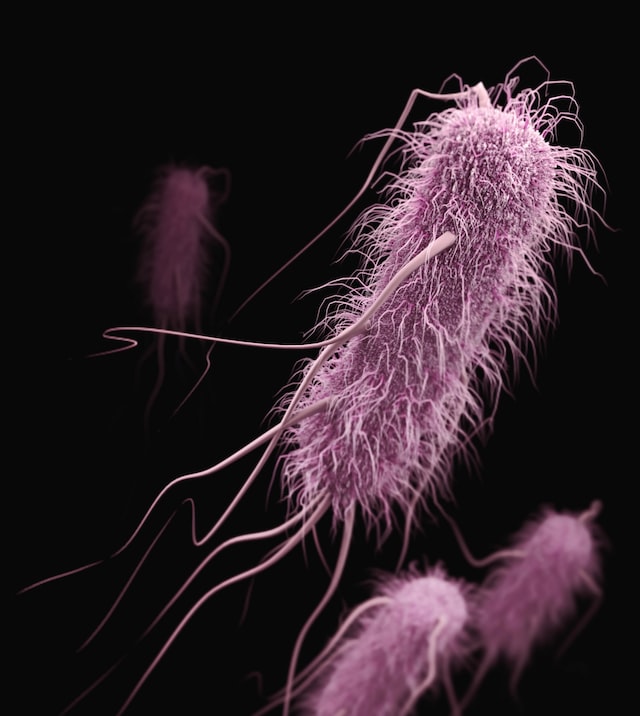How to study microbiology: study resources & overview of Term 3
Now that I’m done term 3, I can share what that experience was like. Plus some tips on how to study microbiology and helpful resources.
How long is term 3?
Term 3 is a strange term at SGU because it’s only 6 weeks long.
But it’s an important 6 weeks that lay the foundation for the pathophysiology and patient interactions that are coming in terms 4 and 5.
What does term 3 cover?
In term 3, the main subjects are microbiology & immunology, biostatistics & epidemiology, and bioethics.
There is a big emphasis on understanding the responsibilities of physicians towards their patients. Especially the importance of informed consent and confidentiality. Several tutorials covered communication skills and understanding ethical issues in medicine.
The minor topics are public health, the US health system (plans and types of payments), and cultural issues impacting physician-patient relationships.
This term sort of reminded me of the FTM module (Foundation to Medicine) in term 1. That was also 6 weeks long. And it laid the foundation for the physiology, biochemistry, genetics and pharm that was at the core of what we learned in the rest of 1st year.
How many exams are in term 3?
There are 2 exams in term 3 – a midterm and a final exam.
The midterm mostly covers microbiology (specifically bacteria), immunology, biostas & epidemiology, and health systems.
The final exam covers microbiology (viruses, parasites and fungi), more immunology, bioethics, and environmental hazards. It also includes some cumulative questions from the midterm, mostly on immunology.
How to study microbiology?
Microbiology makes up a big chunk of the material in term 3. And it’s a beast to learn. Not because the content is difficult, but because of the volume.
1. Know the morphology
The first thing is to understand that microbiology has 4 major categories: bacteria, viruses, parasites and fungi.
So it’s important to know the unique morphology of each type of microorganism. Knowing that can help you eliminate several incorrect options on an exam.
For example, if the question stem mentions lipopolysaccharide in the cell membrane, then it’s pointing to a bacteria. Specifically, a gram negative bacteria.
But if it mentions chitin or ergosterol in the membrane, or presence of hyphae, then it’s a fungi.
It’s helpful to make a flow chart or table to organize the unique traits of each microorganism. That makes it easier to recognize similarities and differences, which exams tend to focus on.
2. Know the life cycle
Another tip for studying microbiology is to understand the life cycles and infective forms of the microorganisms, especially for the parasites.
Here’s a broad overview of some of the types of parasites we learned.

Protozoa life cycle
Protozoa typically have 2 stages in their life cycle: a cyst stage which is infective and a trophozoite stage once it’s inside the host.
Helminth life cycle
Helminths, on the other hand, have a more varied life cycle.
Depending on the type of helminth, the infective form can be the egg or the larva, which then matures into the adult worm in the human host. And the type of larva also depends on the type of helminth.
In addition, some helminths can have more than one host in their life cycle. Like flukes (trematodes). They use mollusks as an intermediate host. Then they infect humans (vertebrate host) where they mature into adult worms.
Knowing the life cycle and infective form of each parasite helps narrow down answer choices on an exam.
3. Know the type of genome
A final tip on how to study microbiology is to make sure you understand the types of viral genomes.
Viral genomes are quite diverse. We learned them based on the Baltimore Classification.
Essentially, viruses can have either DNA or RNA, which are either single or double stranded.
The strands can be positive or negative sense. Positive sense means the strand is oriented in a way that it can be read by the host cell’s replication enzymes. Negative sense means that it’s oriented the opposite way, so it needs to be converted.
Finally, some viruses can use the host cell’s replication enzymes. And some viruses bring their own enzymes with them.
Helpful resources
Although there’s a lot to learn in microbiology, the right resources can make the material easier to digest and manage.
Sketchy Micro
The most valuable resource for studying microbiology is Sketchy Micro.
Their micro videos are so well done that you can remember a lot of details. I was able to answer a lot of virus questions on the exam only because I had watched their sketches.
YouTube
In terms of free resources, Maureen Richards and Parasites without Borders were really helpful in understanding the parasitic life cycles.
There were so many parasites to learn but I didn’t want to simply rote memorize them. Watching these videos gave me enough context to make sense of what I was learning. And that helped me retain the details.
Final thoughts: what I liked and didn’t like
So that was an overview of term 3 and some tips on how to study microbiology.
Overall, term 3 went by in a whirlwind. The topics I thought would be hard, like micro and immunology, weren’t that bad. In fact, I quite enjoyed them both.
And the topics I assumed would be easier were not. Like health insurance and bioethics. As a Canadian, it was challenging trying to make sense of the different health insurance providers and payment methods.
Surprisingly, I liked the tutorials in term 3. Mostly because none of them had histology slides, so they were a lot easier to prep for. This also meant the sessions went by pretty smoothly and we usually finished early.
Have you ever expected a class to be easy/hard and it was the opposite? What class was it?
-M
Want updates on the latest posts? Email theislandmedonline@gmail.com or complete this form to join the email list today!








One Comment
Comments are closed.